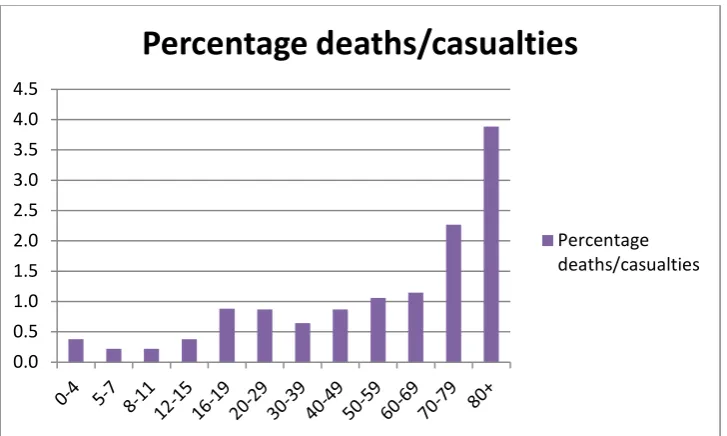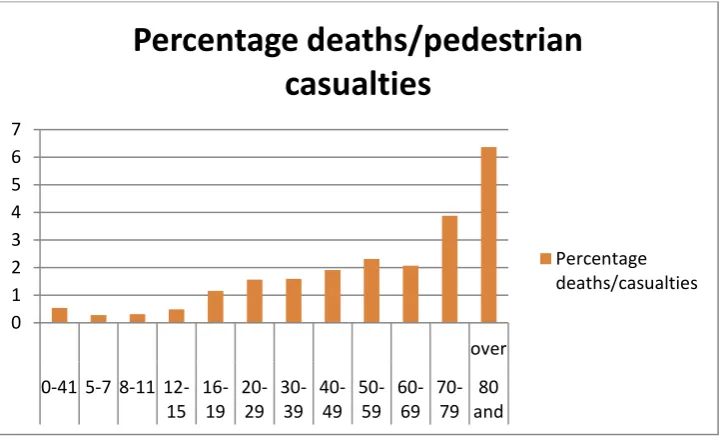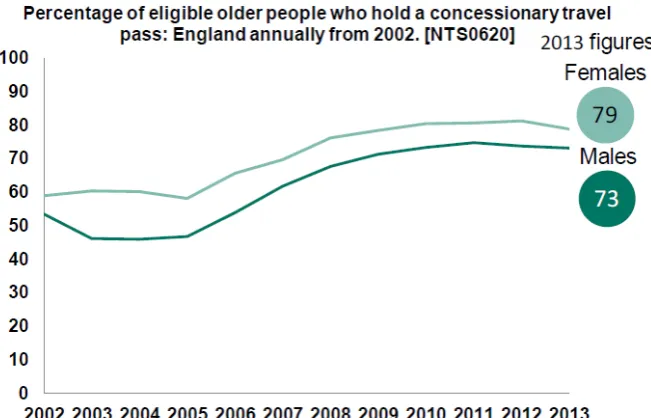How can transport provision and associated built environment infrastructure be enhanced and developed to support the mobility needs of individuals as they age?
Full text
Figure

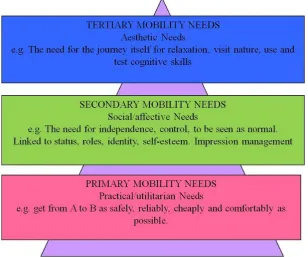
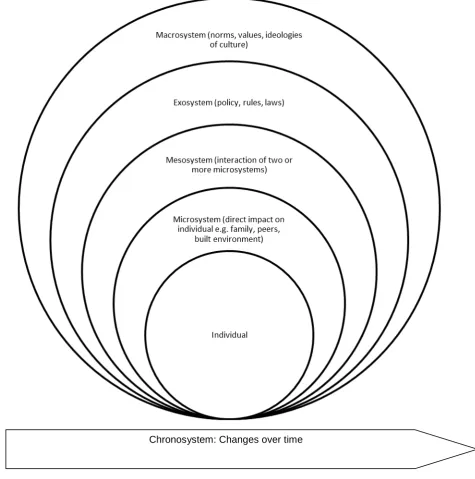

Related documents
There are infinitely many principles of justice (conclusion). 24 “These, Socrates, said Parmenides, are a few, and only a few of the difficulties in which we are involved if
May 18, 2011 “Challenges in Ankle Fracture Management.” Resident Weekly Core Curriculum Conference, Department of Orthopaedics, University of Colorado Health Sciences
Background: To test the hypotheses that breast cancer patients with one to three positive lymph nodes (pN1) consist of heterogeneous prognostic subsets and that the ratio of
Twenty-five percent of our respondents listed unilateral hearing loss as an indication for BAHA im- plantation, and only 17% routinely offered this treatment to children with
We suggest the following: 1) The urothelium can be selec- tively removed by a gentle swabbing motion that leaves the deeper suburothelial layers intact; 2) Removal of the
The practice of Know- ledge Translation (KT) refers to strategies aimed at introducing new knowledge to end-users and organiza- tions to increase implementation [12]. Prior to
Methods: Three patients with a history of food dependent exercise induced urticaria/anaphylaxis and food panaller- gen sensitization in whom a food-exercise challenge was not
Also, both diabetic groups there were a positive immunoreactivity of the photoreceptor inner segment, and this was also seen among control ani- mals treated with a

